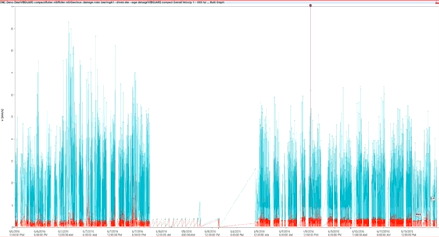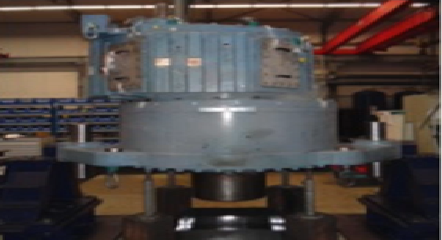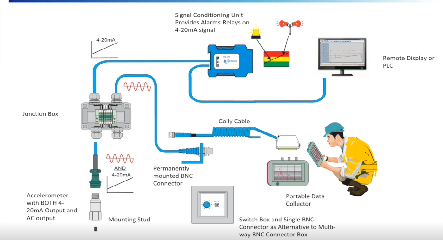Two Minute Tips
Maximum Cable Length for Vibration Sensors
A vibration sensor produces an AC voltage dependent on the vibration signal being measured. As such, it’s subject to all the limits of AC signals. Long cable runs are likely to introduce enough capacitance into the sensor circuit to cause distortion, which makes being able to calculate cable length limits very important.
The maximum length for a cable run is a function of supply current and the highest frequency of interest. As a rule of thumb, an accelerometer cable can be run about 100 feet before losing signal content. In some applications, you may need to determine maximum allowable cable length more specifically.
The graph below can be used as a quick visual reference. Here, cable capacitance is assumed to be 30 pF/ft with an available swing of 5 V peak-peak. The current supplied is represented by “Isrc.”

Sometimes, more involved computations can be required to determine whether long cables will present a problem. Since we only have two minutes, we’ll skip the calculus; if you’re interested, see our technical note on this topic.
The equation you’ll want to use for computing the maximum frequency is

where:
fmax = maximum frequency (Hz),
C = cable capacitance (pF),
V = peak signal output from sensor (volts),
Iccd = constant current from signal conditioner (mA), and
109 = scaling factor to equate different units.
Ultimately, you’ll be solving for “C,” which will be the capacitance over the entire cable run. Divide by the capacitance of the cable being used and you have the available length! The important takeaway is that when cable capacitance increases, either the constant current must increase or the maximum usable frequency must decrease. Otherwise, the vibration signal can become distorted.






